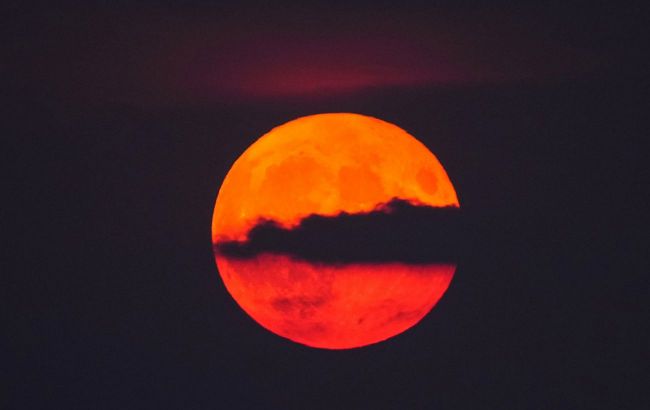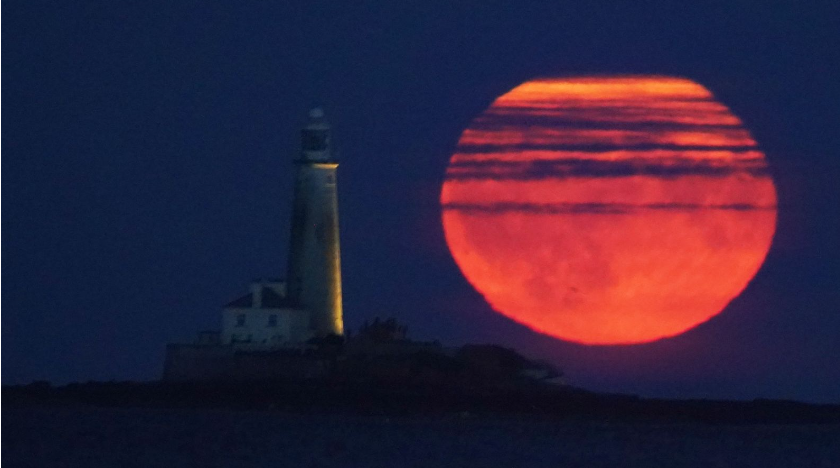August supermoons - next time it will occur only in 14 years
 When to expect supermoon in August (Photo: Getty Images)
When to expect supermoon in August (Photo: Getty Images)
In August, we will have the opportunity to enjoy a supermoon not once but twice. This phenomenon occurs when the full moon is at its closest point to Earth, making it appear 14% larger and 30% brighter than when it is farthest away.
According to Sky News, astronomers predict that there will be two supermoons in August, with the rare blue moon as the highlight. The first supermoon can be observed on August 1st, and the closest proximity to our planet will be on August 30th, referred to as the "blue supermoon."

How to see the supermoon
"Warm summer nights are the ideal time to watch the full moon rise in the eastern sky within minutes of sunset, and it happens twice in August," said retired NASA astrophysicist Fred Espenak.
People with binoculars or telescopes can even see features like lunar seas - dark plains formed by ancient volcanic lava flows - and rays emanating from the moon's craters, as stated by Espenak. However, clear skies are essential for such observations.
"So long as there's not too much cloud, the full moon will be an unmistakable white orb in the sky. This is a good opportunity to use a small telescope or a pair of binoculars to see the moon's detailed surface, or even try taking a few interesting moon photos," Royal Museums Greenwich states.
It's worth noting that observing the supermoon can also be done with the naked eye.
Supermoon rise live broadcast
The full moon occurs once in each monthly cycle, which lasts for 29.5 days. As the Moon follows an elliptical, rather than circular, trajectory, it can sometimes come closer to Earth.
The last time two full supermoons appeared in the same month was in 2018 - and this will only happen again in 2037, according to Italian astronomer Gianluca Masi.
Masi will be hosting a live broadcast of the supermoon on August 1st as it rises over the Colosseum in Rome.

The supermoon (Photo: news.sky.com)
According to NASA, Mercury, and Mars, which can be visible even without binoculars, will also appear in the sky during the rising of the supermoon on August 1st.
Additionally, it's worth mentioning that the first supermoon of the year was in July, and the fourth and last one will occur in September.
Traditionally, the full moon in August is also known as the "Sturgeon Moon" due to the abundance of fish in the Great Lakes of North America.

